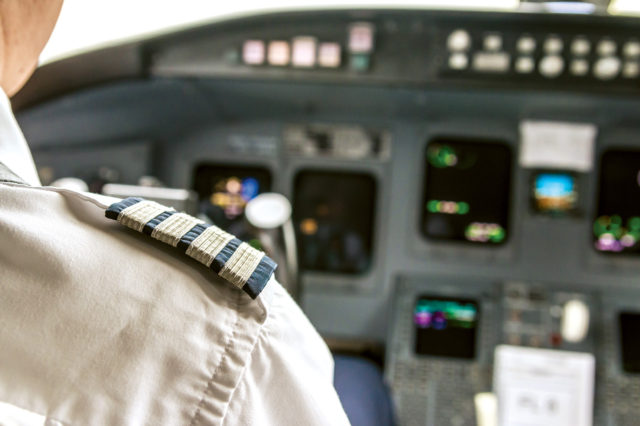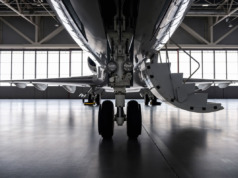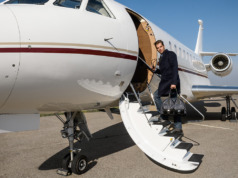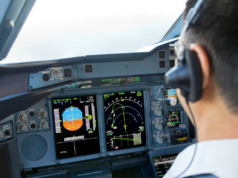
Pilot fatigue rarely was a problem until 1985. Before then, the furthest a large-cabin aircraft could travel nonstop was from New York to Europe, about 2,000 miles or five+ hours of flight time. Today, a variety of large-cabin, long-range aircraft are capable of flying more than 5,000 miles (ten hours) nonstop, too long for a traditional two-person flight crew to fly without concern for safety-related fatigue.
Part 91 (owner-only) flying, however, has no FAA-imposed duty day limits. For that reason, most corporate flight departments have attempted to mitigate the risk of a fatigue-induced accident by limiting to fourteen to sixteen the number of hours a crew may perform flight duty. This mirrors the safety protections dictated by Part 135 charter regulations. Some owners prefer to fly their own trips under Part 135, and invoice their business for tax reasons.
But these self-imposed limitations are not sufficient to provide adequate protection from fatigue for aircrews, particularly when trips involve multiple back-to-back long-distance legs with multiple time-zone changes and severe disruption of circadian rhythms.
For owners who operate under Part 91, such extended nonstop routes bring additional challenges for aircrew fatigue management, a hot-button topic for the National Transportation Safety Board and other government agencies. Operator fatigue has shown up repeatedly as a factor in accidents across all modes of transportation. Studies show that, much like alcohol, fatigue can erode judgment, slow response times, and lead to errors (See “Good Nights Equal Good Flights,” BAA May/June 2015).
The first safety requirement for such extended flights is to fly with additional flight crew members, to rotate with the primary flight crew. Responding to this challenge, Original Equipment Manufacturers (OEMs) are building dedicated crew relief/rest areas in some long-range, large-cabin models featuring beds or seats that recline fully to support augmented crews. But if these areas are positioned in the cabin next to the galley, or directly behind the pilot’s seat, they may not foster high-quality rest.
In addition to designing newer aircraft models with rest areas more conducive to sleep, and adding training programs to help pilots self-identify fatigue factors. OEMs increasingly are adopting biomathematical fatigue prediction tools to address the fatigue issue.
Originally developed by the military, this software is capable of accurately predicting periods during which a pilot may be seriously fatigued. Used to identify and mitigate vulnerabilities and reduce the risk of an accident, it incorporates a biomathematical model of the factors that cause fatigue, and also acts as an automated schedule watchdog that sets flags when the crew exceeds fatigue limits. The tool simulates the underlying physiological system that causes degradations or breakdowns in cognitive performance, and generates estimates of an individual’s performance degradation caused by his/her level of fatigue.
The primary application of the model is to aid operator scheduling by using work schedule information to estimate fatigue and cognitive effectiveness. The tool can be used to examine specific schedules to determine vulnerabilities, select optimal schedules, and plan naps and recovery sleep strategies.
Dispatch planners and managers are thereby able to “see and avoid” risk through incisive application of countermeasures to help flight crews maintain or at least proximate their normal circadian rhythms. For example, changing a departure time by two hours can result in a significant improvement of the crew’s predicted performance on landing many hours later. It also may be used to provide more operational flexibility, such as to align a departure time for peak pilot performance during the critical phase of approach and landing at their destination.
Biomathematical fatigue analysis, coupled with properly located cabin crew rest areas, offers tremendous potential for increasing safety and for improving operational flexibility for long-haul Part 91 flights. BAA
Craig Wilkerson has been a sales demonstration pilot for Gulfstream Aerospace Corp. in Savannah, Georgia, since 2001. During his career, he has flown the G650, G550, G450, GV, and GIV aircraft.




